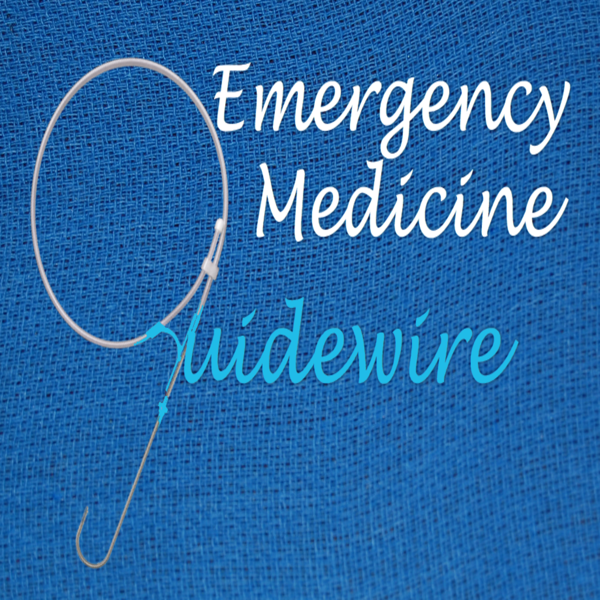|
2/15/2019 0 Comments Pediatric UTI
Why is this important:
Who created these guidelines:
Guideline objectives:
Diagnosis:
What is a (+) UA
Who should be tested ( Low risk vs. not):
How should we test them?
Treatment:
Follow up studies:
0 Comments
7/17/2018 0 Comments Pediatric DKA and Fluid Management
Kuppermann N et al. Clinical Trial of Fluid Infusion Rates for Pediatric Diabetic Ketoacidosis. www.nejm.org/doi/full/10.1056/NEJMoa1716816N Engl J Med. 2018 Jun 14;378(24):2275-228
|
AuthorThe Pediatric EM Guidewire shownotes are brought to you by the EM residents, Pediatric EM Fellows, and faculty of the Department of Emergency Medicine at Carolinas Medical Center in Charlotte, NC. The EMGuidewire podcast is hosted from the J. Lee Garvey Innovation Studio. ArchivesCategories |
LEGAL DISCLAIMER (to make sure that we are all clear about this):The information on this website and podcasts are the opinions of the authors solely.
For Health Care Practitioners: This website and its associated products are provided only for medical education purposes. Although the editors have made every effort to provide the most up-to-date evidence-based medical information, this writing should not necessarily be considered the standard of care and may not reflect individual practices in other geographic locations.
For the Public: This website and its associated products are not intended to be a substitute for professional medical advice, diagnosis, or treatment. Your physician or other qualified health care provider should be contacted with any questions you may have regarding a medical condition. Do not disregard professional medical advice or delay seeking it based on information from this writing. Relying on information provided in this website and podcast is done at your own risk. In the event of a medical emergency, contact your physician or call 9-1-1 immediately.
For Health Care Practitioners: This website and its associated products are provided only for medical education purposes. Although the editors have made every effort to provide the most up-to-date evidence-based medical information, this writing should not necessarily be considered the standard of care and may not reflect individual practices in other geographic locations.
For the Public: This website and its associated products are not intended to be a substitute for professional medical advice, diagnosis, or treatment. Your physician or other qualified health care provider should be contacted with any questions you may have regarding a medical condition. Do not disregard professional medical advice or delay seeking it based on information from this writing. Relying on information provided in this website and podcast is done at your own risk. In the event of a medical emergency, contact your physician or call 9-1-1 immediately.
 RSS Feed
RSS Feed

